Overview
Map
Other Details
كنيسة السيّدة
Maamriyeh
Saida
South
كنيسة السيّدة - جنجلايا بنى أهالي جنجلايا كنيسة السيّدة سنة ١٩٥٦ لتُفصل رعيّة جنجلايا عن عقتانيت. كرّسها المطران أنطونيوس خريش (البطريرك لاحقًا). الكنيسة بناء إسمنتيّ بسوقٍ واحد. The church of Our Lady - Jenjlaya The church was built in 1956 and consecrated by Bishop Antonios Khoreish (Later patriarch). The church was built to separate the parish of Jenjlaya from the parish of Aktanyt. The church is a small cement structure with an apse.
Visited 2180 times, 3 Visits today


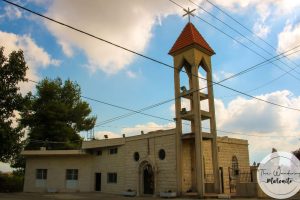
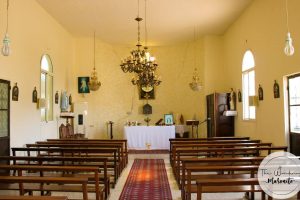
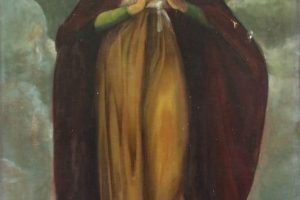
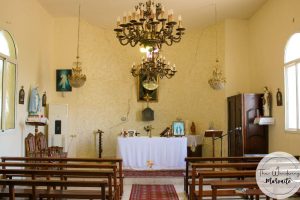
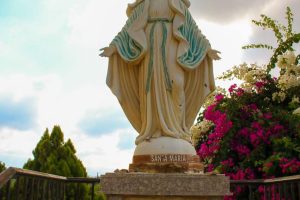





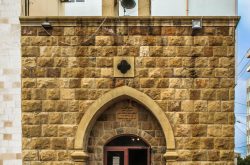
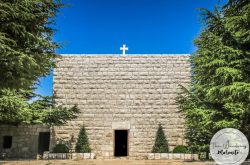
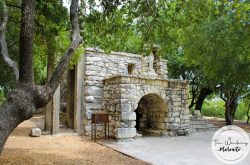
Reviews are disabled, but trackbacks and pingbacks are open.